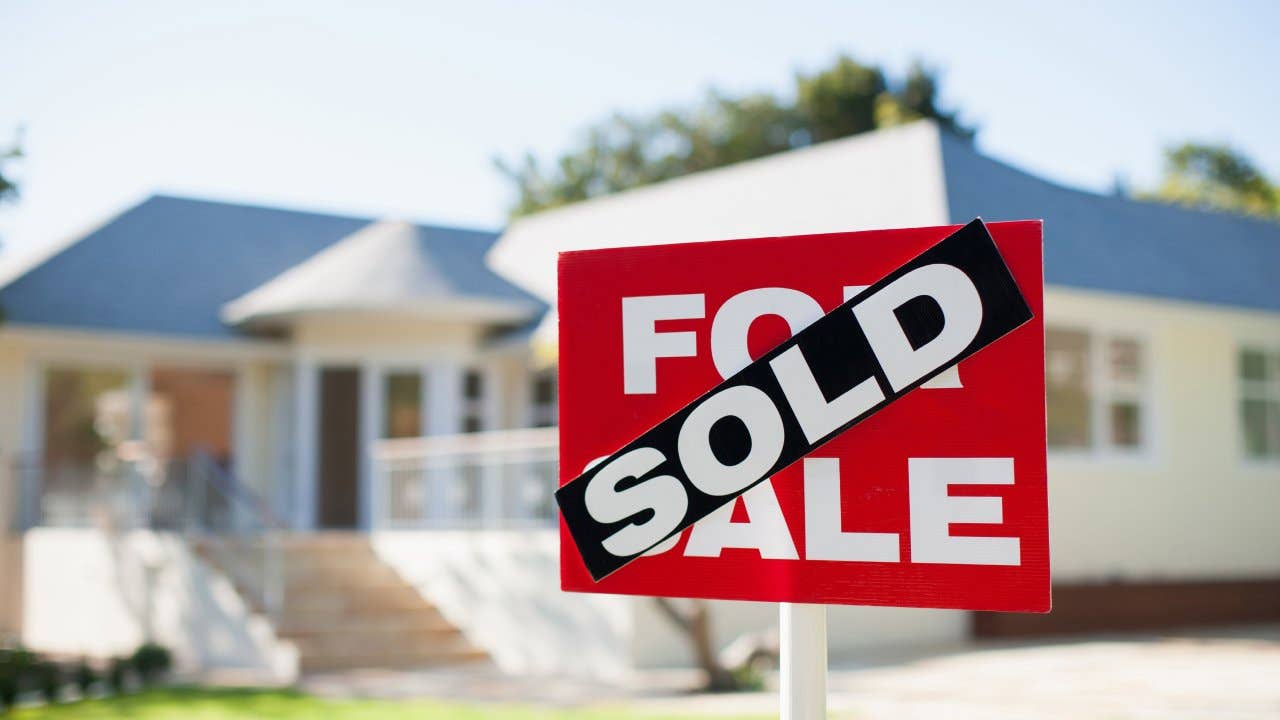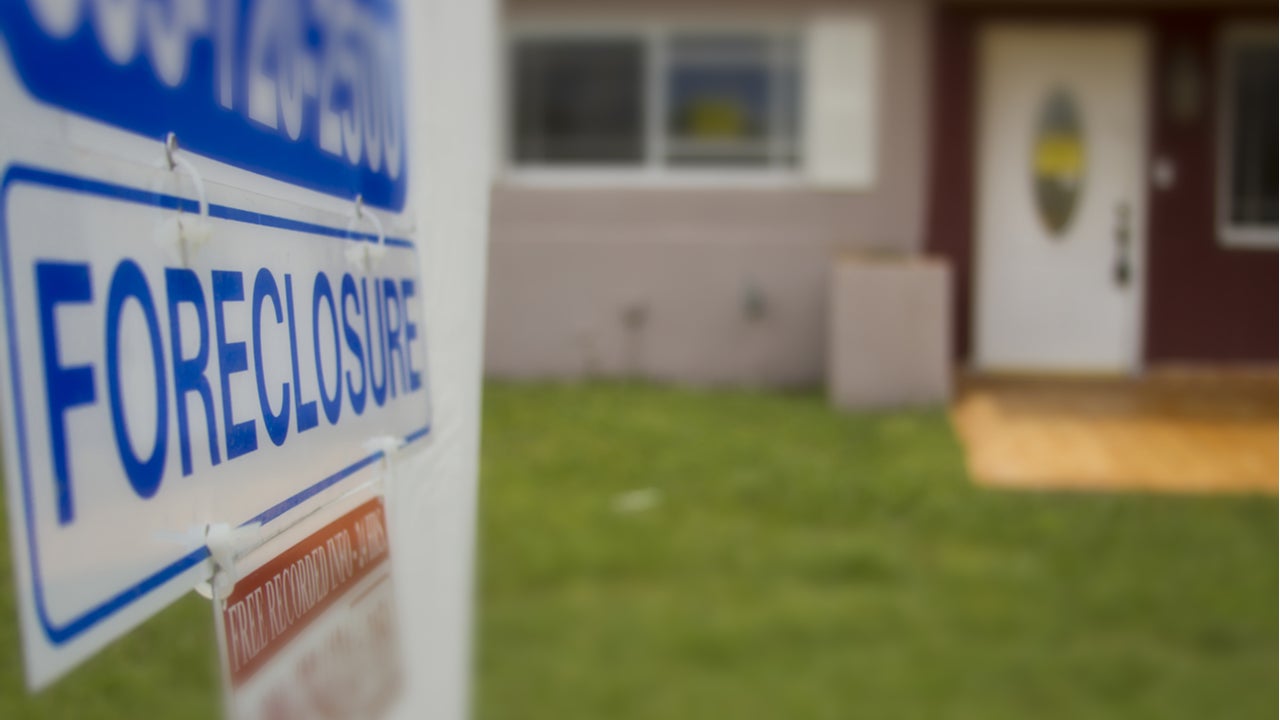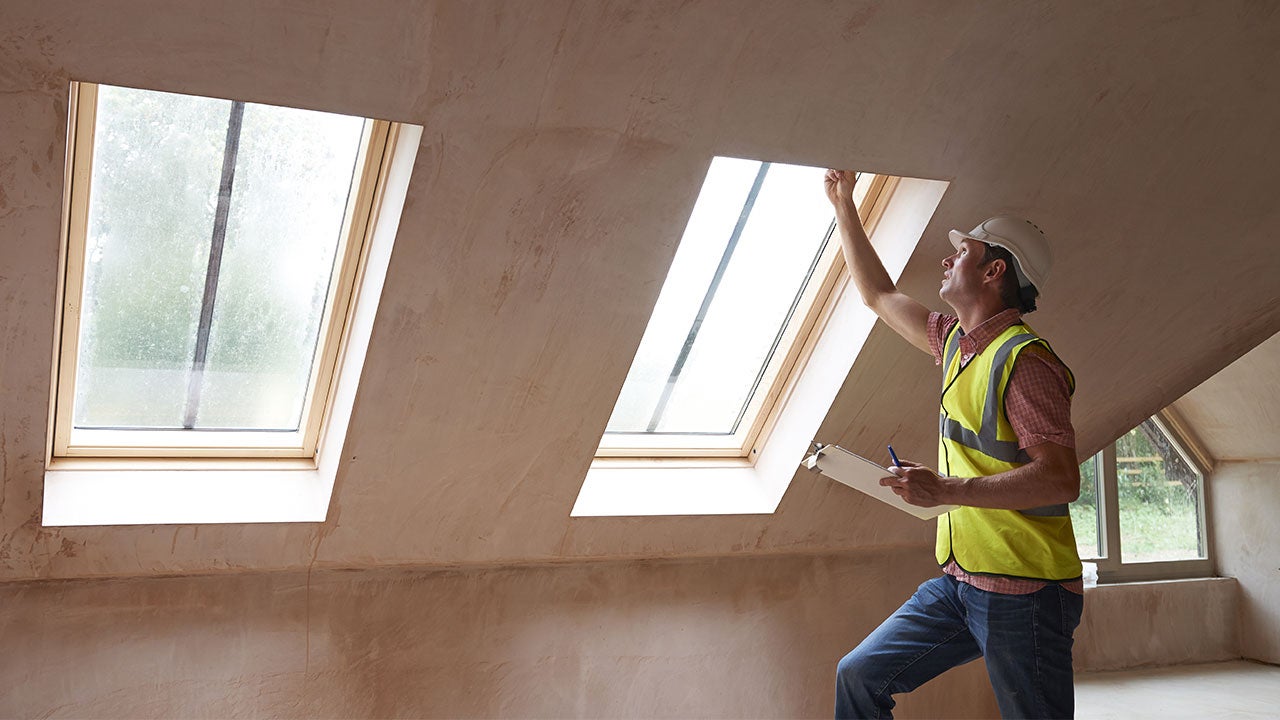I bought a house but it’s the wrong square footage

Your home is one of the most expensive investments you’ll make in your lifetime. You want to make sure you actually get what you pay for — that the home itself lines up with what you thought you were buying when you signed on the dotted line.
You wouldn’t want to buy what you thought was a three-bedroom home, only to find it really has two bedrooms, right? Well, the same goes for square footage. No one wants to find that their new home is actually smaller than it was advertised as.
While this problem isn’t very common, it’s possible for a home’s square footage calculation to be off, on the listing and even beyond. So who is responsible for its accuracy? And what can you do if your new home turns out to be less home than you thought? Read on to find out.
Who is responsible for verifying square footage?
Square footage is important in determining a home’s value, both on the market and for tax purposes. In general, it’s on the buyer to verify the square footage of a home that they’re interested in purchasing. It’s part of the due diligence that every buyer should do.
In addition, if you are financing your purchase with a mortgage, your lender will likely require a professional appraisal. If their appraiser finds that the square footage is less than expected, and that smaller size leads to a lower appraisal than expected, that can put your financing in jeopardy.
A home’s sale listing should contain accurate information, of course. But most listings will include a disclaimer to protect sellers from honest mistakes. You should verify the listed square footage using another source, such as local property records or tax assessments. Online valuation tools may contain a home’s square footage in their data as well, and you can also ask your home appraiser to help you verify the size of the home. If you’re unsure of where to begin, your real estate agent should be able to point you in the right direction.
Seller lied about square footage
Square footage discrepancies can happen for many reasons, most of them honest mistakes. Complex layouts can be tricky to calculate, for example, and different measurers might come up with slightly different numbers. It’s also common for changes or additions to a home to alter the square footage and for local property records or tax records not to get updated.
It’s much more nefarious for a seller to lie about the square footage of their home. One of the most important factors in determining a home’s value is its size, so intentionally listing a 2,000-square-foot home as 2,200 square feet can dishonestly add a significant amount to its value.
If a seller purposefully misrepresents the square footage of a home, that could potentially be grounds for legal action. However, the legal proceedings can get messy and there’s no guarantee that you’ll win, especially if there are disclaimers in the listing and you can’t prove that the seller lied intentionally and for their own gain.
Wrong information in the MLS listing
An MLS, or multiple listing service, is the system that agents use to register and compile most real estate listings. It contains information about all local properties currently for sale, so that other agents can quickly find properties that will be of interest to their clients. Each listing contains basic information about the home, such as the number of bedrooms and bathrooms, a description of the property and, yes, the home’s square footage.
However, it’s not impossible for the information in MLS to be incorrect. For example, if a homeowner built an addition or made renovations, especially if the work was not properly permitted, the square footage on record would not change even though the real-world square footage did. A discrepancy could also be as simple as a clerical error or typo, and an older home that hasn’t been appraised in a while might have inaccurate information as well.
In other cases, space that should not be included in the square footage may get included by accident. For example, an unfinished basement or unheated garage might get added to the home’s total square footage even though those spaces technically should not be included.
If you notice that the size of the home doesn’t line up with what’s reported by MLS, notify the MLS so it can correct the discrepancy. This might also be an issue for the listing agent, as Realtors are held to a code of ethics that prevents them from knowingly misrepresenting a property.
What can I do?
If you’re looking at a home that you discover has an incorrectly inflated square footage, or even if you are already in the process of buying it, you have some options.
Of course, if you haven’t yet signed a purchase agreement, you can simply walk away. But if you still like the home despite its smaller size, your agent can talk to the seller and try to negotiate a lower price. For example, if you find that the home’s square footage was inflated by 5 percent, you could ask for 5 percent off the price of the home.
But what if you’re already in contract on the home? If you have a financing contingency in your deal, that can give you an easy out and the chance to get your earnest money back: Your lender might not approve the loan if it finds the property was misrepresented.
If you’ve already closed on the home, the situation becomes much more difficult. You can consider legal action against the seller, their agent, or even your agent, but it would be very hard to win such a case. Verifying square footage is generally the buyer’s responsibility as part of the due diligence process, and winning the case would require proving fraudulent intent or other legal wrongdoing.






